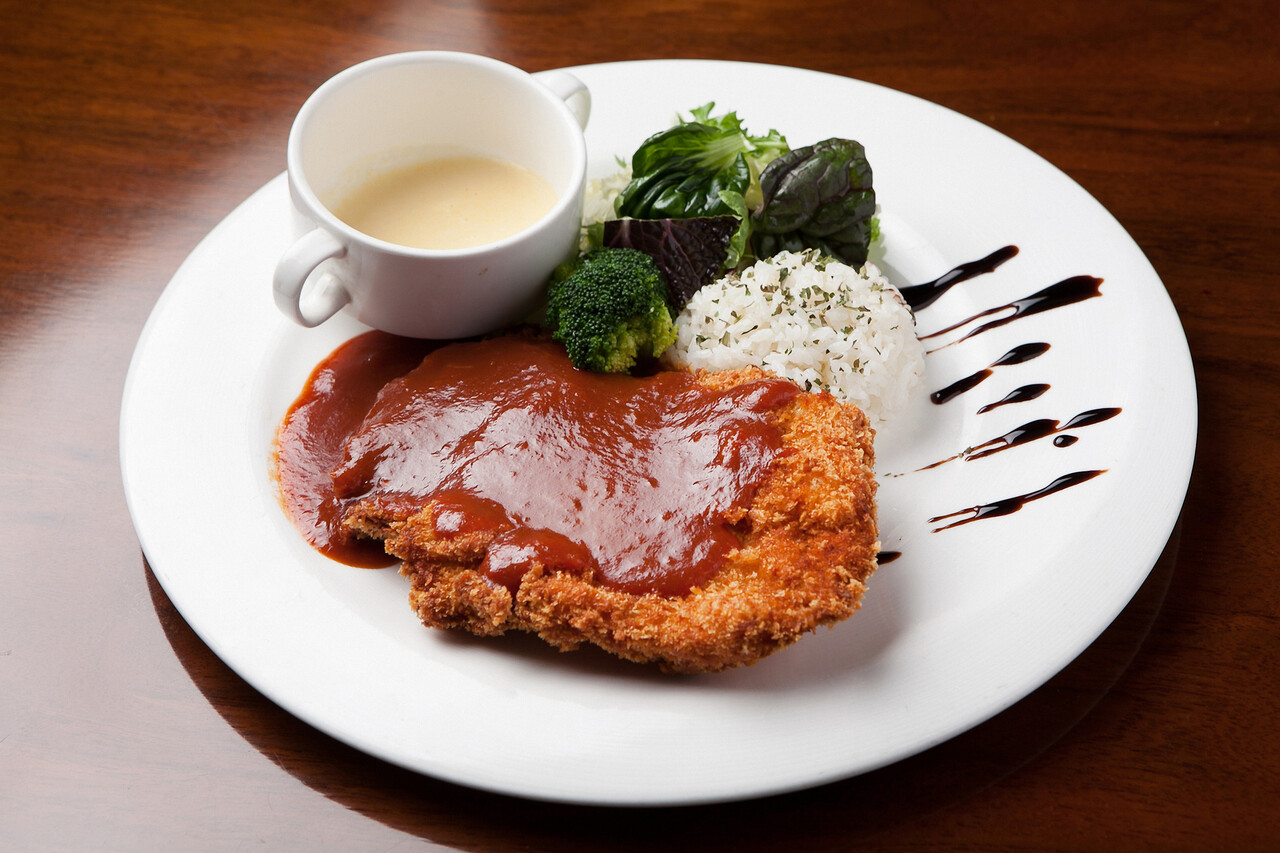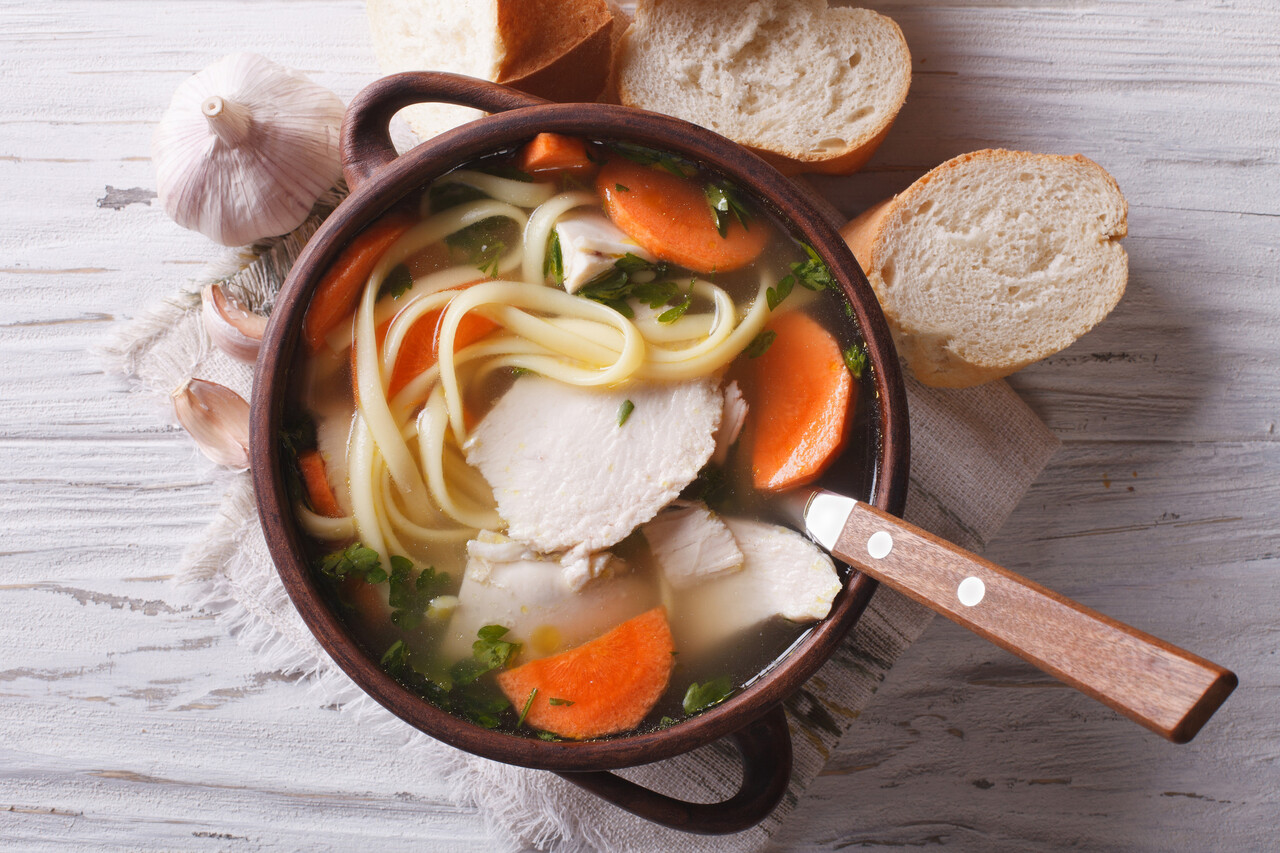10 Secret Ingredient Chili Upgrades That Win Every Potluck
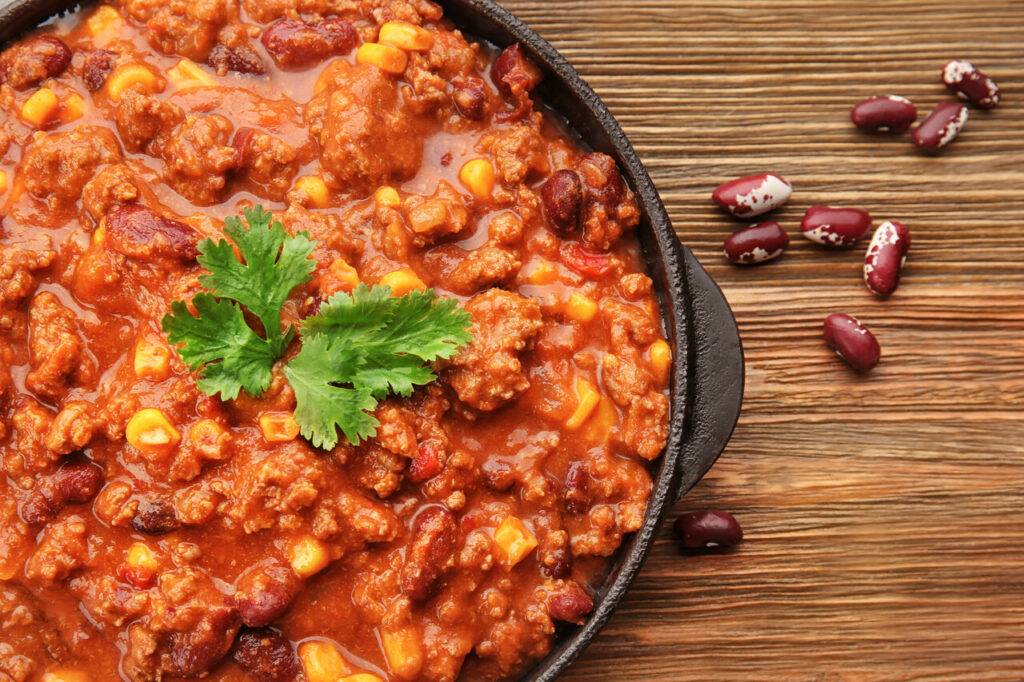
Every chili cook has a “secret” ingredient they swear by, but the truth is that a few simple additions can turn a decent pot into an award-winner. The best upgrades don’t reinvent the recipe; they amplify what’s already there. A spoonful of cocoa brings depth, a splash of stout adds body, and a dash of acid at the end ties everything together. Whether you’re cooking for a competition, a tailgate, or the neighborhood potluck, these tested tweaks make sure your chili stands out for all the right reasons.
1. Unsweetened cocoa powder to deepen richness
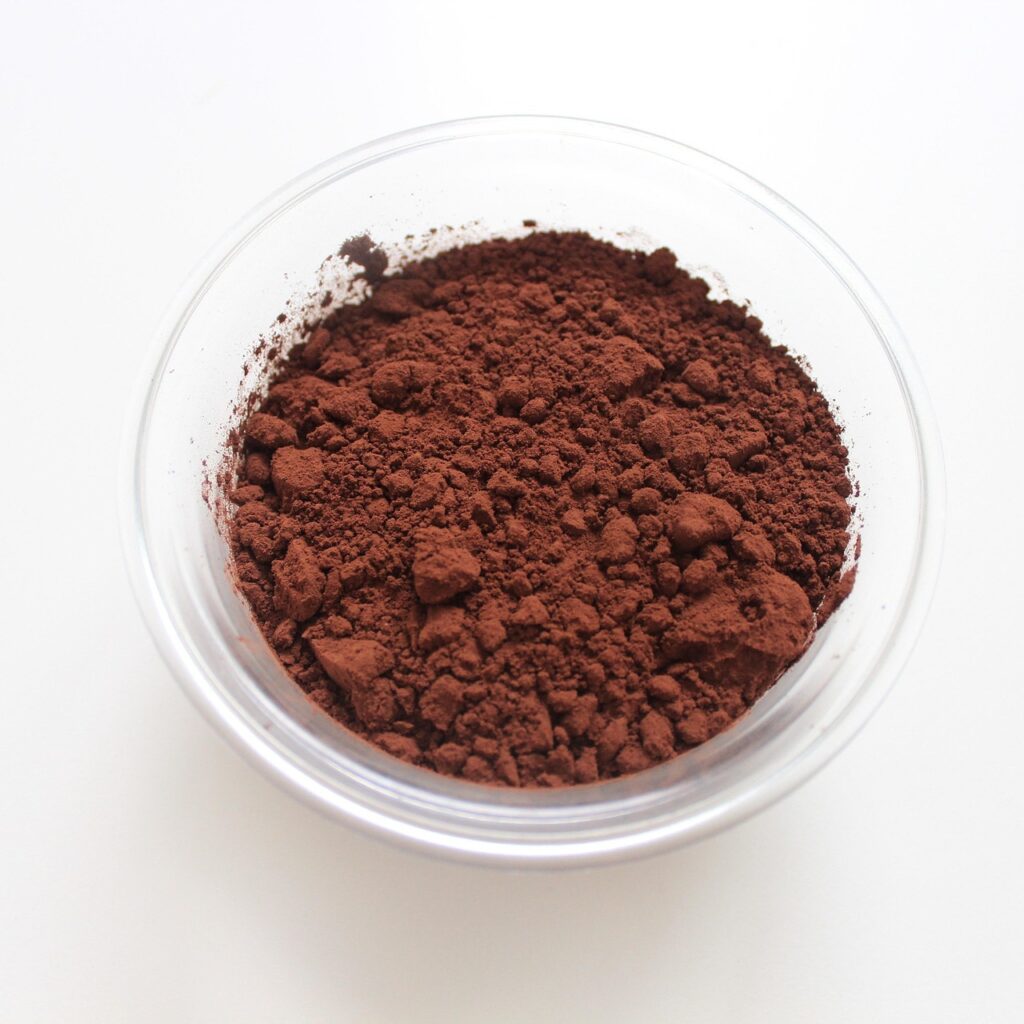
Here’s the trick: a spoonful of unsweetened cocoa powder works like a secret umami in chili. Cocoa adds dark, roasted notes that round out acidic tomatoes and lift the meat’s savory profile without making the pot taste like dessert. Add it early so it has time to dissolve and marry with the other spices; stir it into the browned aromatics or the tomato base and let it simmer. Use modest amounts; a tablespoon for a large pot is usually enough, because cocoa is concentrated and can go bitter if overused. The payoff is a chili with extra depth and a velvety mid-palate that steadies brighter ingredients.
2. A shot of espresso or strong brewed coffee for earthy complexity

Coffee brings backbone to chili by contributing roasted, slightly bitter compounds that echo smoked meat and char. Use a small amount of concentrated espresso or a dark brewed coffee, added after the meat is browned and the aromatics are soft. It deepens the sauce without overpowering the spice and helps balance the sweetness from onions or any added sugar. Because coffee is potent, start small, one to two ounces in a large batch, then taste after simmering. This upgrade keeps the chili grounded and savory, and it works especially well with beef or bison-based chilis.
3. A can of stout beer replacing part of the liquid for a layered flavor

Stout offers bitter-sweet malt, coffee like roast, and a touch of hops that boost chili complexity. Swap some of the broth or water for a stout early in the cook so alcohol cooks off and the malty flavors concentrate. Stout pairs beautifully with tomatoes and chili spices, amplifying the savory and slightly sweet notes while adding body. Choose a mid-range stout rather than a heavily flavored imperial variety; the goal is support, not domination. For crowd cooking, stout also stretches the pot affordably while improving mouthfeel and aroma.
4. Maple syrup instead of brown sugar to add subtle caramel and sweetness
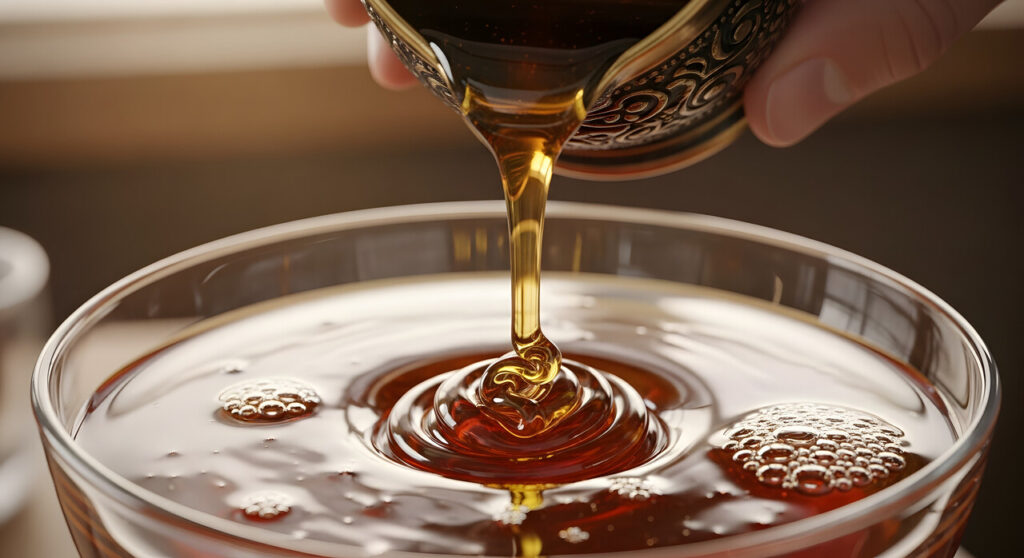
Maple syrup gives a nuanced, woody sweetness that layers differently from plain brown sugar. Use it in place of or alongside brown sugar when you want the chili to taste slightly rounder and less molasses forward. Because maple is liquid, reduce other liquids slightly or add it near the end of cooking to preserve its aromatic qualities. A little goes a long way, a tablespoon or two is usually plenty for a large pot. Maple pairs especially well with chili that includes sweet elements like caramelized onions or roasted red peppers, providing a refined sweetness that keeps the heat balanced.
5. Pickled pepperoncini and their brine for tangy pop and acid lift

Acidity brightens and balances heavy, slow-cooked dishes, and pickled pepperoncini with a touch of their brine brings acidity plus a mild vinegary spice. Add chopped pepperoncini into the chili during the last stage of simmering so they retain texture, and stir in a tablespoon or two of the brine to enliven the overall flavor. This finish prevents the dish from tasting flat and works wonders when you’ve used sweet elements or dark enrichments like cocoa or stout. The result is a chili with sharper edges and a more compelling, layered palate.
6. A cinnamon stick added early to introduce warm spice depth
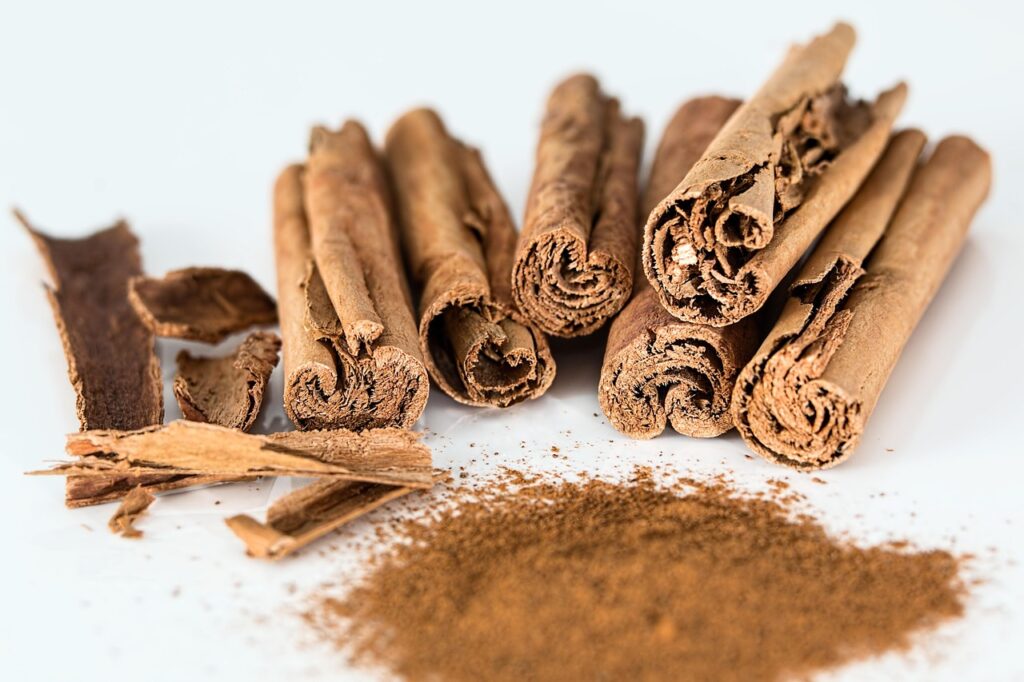
Cinnamon is warm and aromatic in small doses, and a single stick simmered in the pot provides a subtle, rounded background note that supports chili spices. Add the stick with your broth or tomatoes and remove it before serving to keep the warmth, but avoid a perfumed finish. Cinnamon pairs especially well with cocoa or chocolate additions because it enhances the roasted character and gives a faint, almost imperceptible sweetness. This is an old-world touch that makes the chili taste more cohesive and carefully spiced, with depth instead of flat heat.
7. Root beer or root-beer concentrate in place of some tomato liquid to balance sweet and bitter
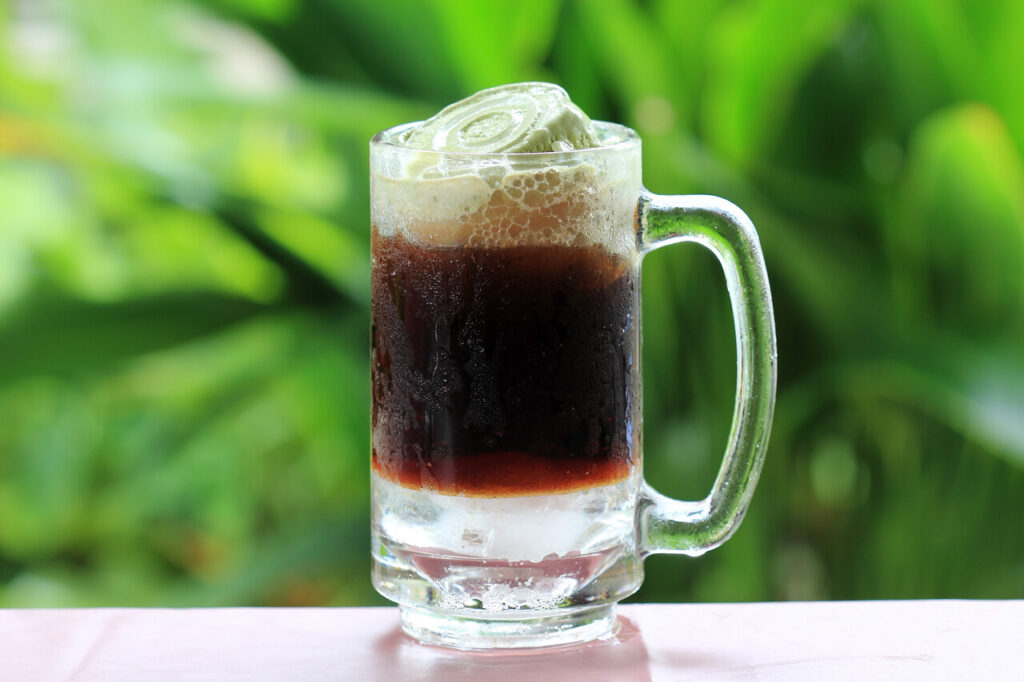
Root beer contributes a complex mix of sweet, bitter, and botanical flavors that can lift a chili in the same way stout does, but with a soda like brightness. Use a half-can replacement for part of the tomato or stock, and let it simmer so the sweetness integrates and the carbonated lift dissipates. The result is a chili that tastes richer and more intriguing, with licorice, sassafras, or anise hints depending on the brand. Because root beer carries sugar, reduce other sweeteners slightly to prevent cloying. It’s playful, nostalgic, and surprisingly effective at rounding flavors.
8. A splash of cider vinegar or lime juice at the end to brighten overall flavor

Bright acid is the final, essential seasoning for heavy, slow-cooked stews like chili. A tablespoon of apple cider vinegar or the juice of half a lime added in the last five minutes wakes up the flavors and provides essential contrast to fat and spice. Don’t skip this step if you want your chili to taste finished rather than dull. Start with a little; taste, and adjust, acid should lift flavors without making the pot sour. This quick fix harmonizes layers and makes each spoonful taste fresher, which is why cooks swear by that last-minute squeeze.
9. Toasting spices before adding them to unlock oils and aroma
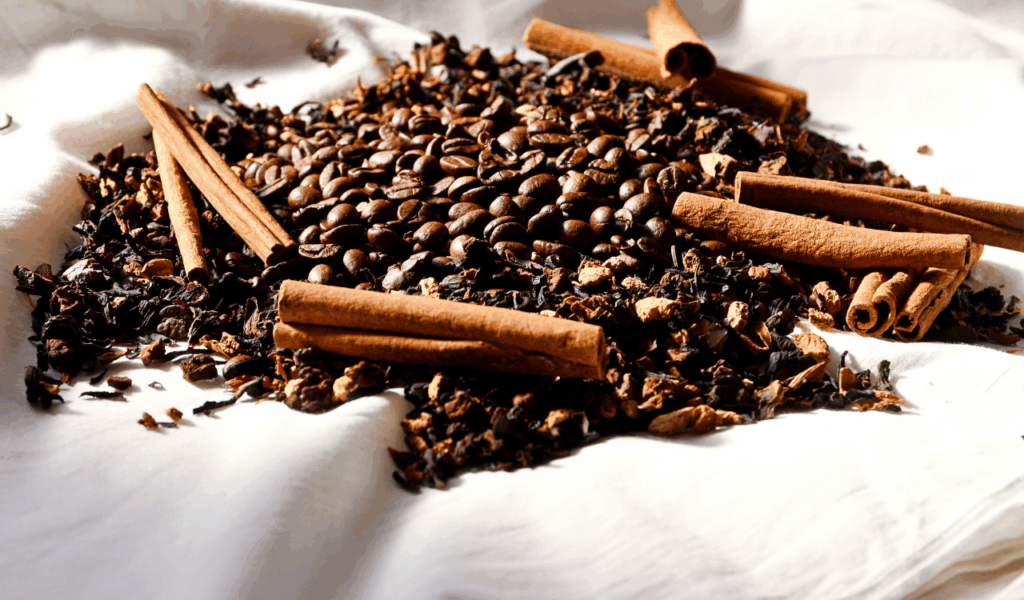
Dry-toasting ground spices or toasting whole chilies and grinding them first releases volatile oils that dramatically improve aroma and flavor. Use a skillet on medium heat and move the spices constantly for 30 to 60 seconds until fragrant; watch closely to avoid burning. Once toasted, add them to your aromatics so the flavors bloom in the fat, which carries and disperses them through the pot. This simple technique turns ordinary chili powder and cumin into a much more vibrant seasoning, producing a chili with forward spice and a cleaner, more complex heat profile.
10. Dark chocolate chunks added before finishing to round acidity and add depth
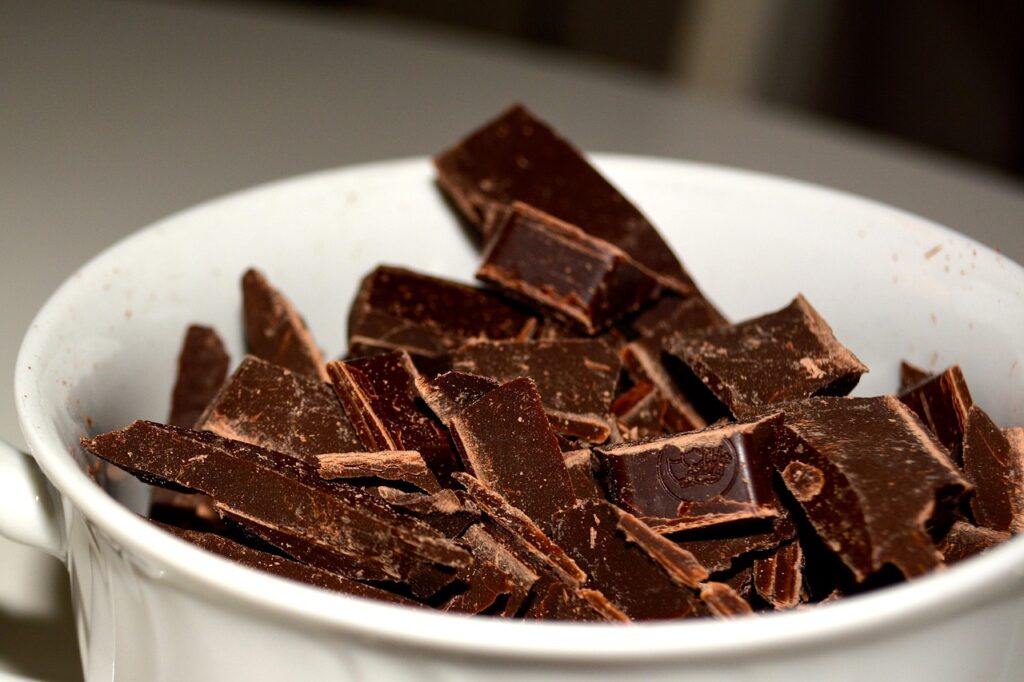
High-quality dark chocolate (not sweet milk chocolate) melts into chili and smooths sharp tomato acids while adding bittersweet depth. Chop a small bar into chunks and stir them into the nearly finished pot; allow a few minutes of gentle simmer so the chocolate melts completely. The cocoa butter integrates with the sauce to provide silkiness and a savory richness that complements meat and chili peppers. Use chocolate with at least 60 percent cocoa for balance. This addition is especially effective in chilis that include coffee or cocoa already, creating a layered, smoky, and rounded final flavor.
